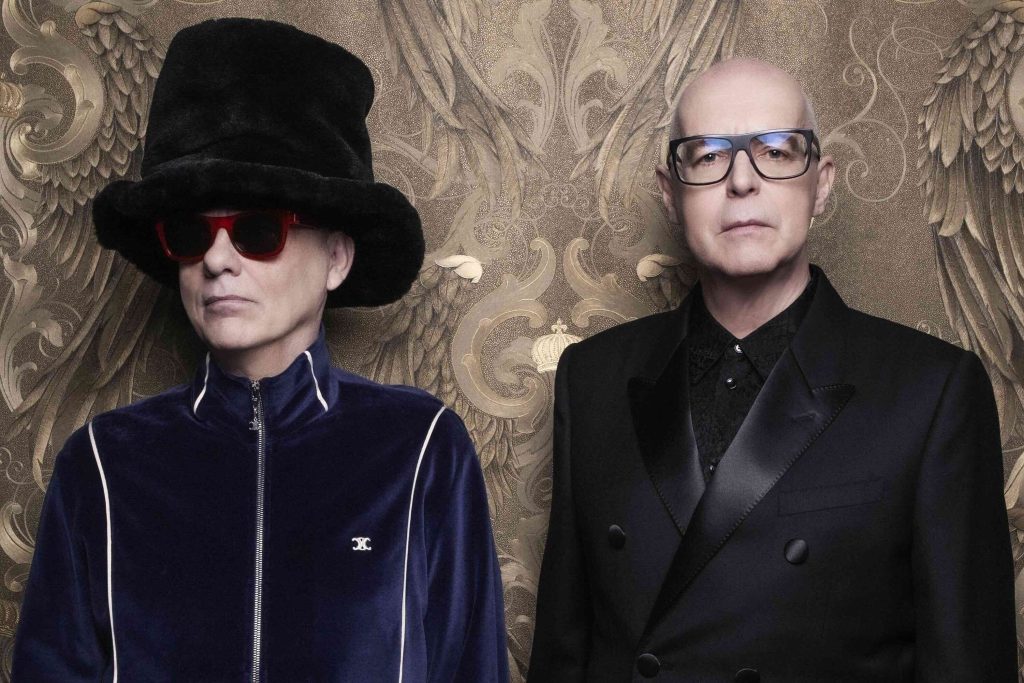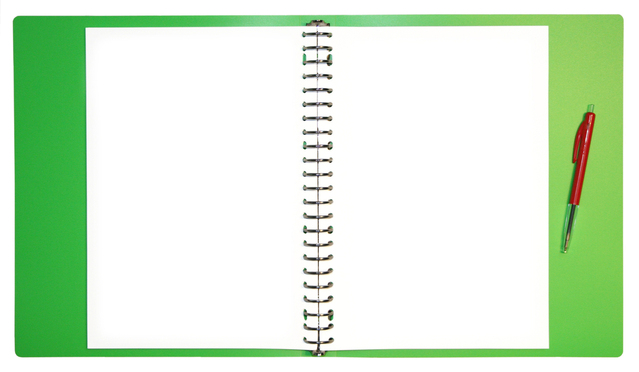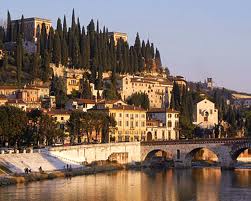
A gaggle of teenage schoolboys are giggling, their hands reaching up to the statue of Juliet so as to stroke her right breast – a breast that, by this stage, has been rubbed so many times it glints in the sunshine. The teenage schoolgirls are laughing, too. It’s for luck, they are told by their patient teachers, but it seems that all the boys are interested is not so much fate or destiny but copping a feel off an all-weather statue whose character/likeness has been immortalized as one of literature’s most tragic female figures.
We are, of course, in Verona. To be precise, we are standing in the small courtyard of the House of Juliet Museum, which is accessed via a narrow portal off Via Capello. You really can’t miss it – crowds of school kids and other assorted visitors mill around the opening, gawking at the virtually impenetrable graffiti-laced walls whereon pens and markers of every colour have, over the centuries, scrawled their messages of undying love. The associated museum (entrance fee €8) harbours little of interest – stills of movies, quotes from Shakespeare’s Romeo and Juliet – but the metal gates that lay unopened beside the statue of Juliet provide the hope if not tangibility of love: it is festooned with multi-coloured locks, each bearing a pair of names. As we know, lasting love didn’t really work out for Romeo and Juliet, but for the likes of Graziano and Elisa, Carlos and Arantza, Guerino and Eugenia, and Dominique and Christian – well, we hope you’re all still together, and that you fondly recall that day in Verona when you clicked shut your lock and threw away the key.
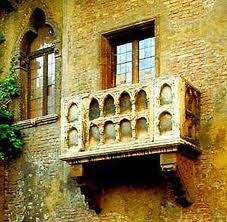
There is, let it be said, an almost urgent romantic sensibility to Verona, a factor enhanced by its status as a UNESCO world heritage site. There are good reasons why the Northern Italian city (with just over a quarter of a million inhabitants; the metropolitan area has a population of over 700,000) has come to represent such sensibilities and, indeed, why Verona itself has come to be loved so much. Unlike Rome, Verona has all the history, culture architectural splendour and visitor sights in a neat, compact area – it isn’t known as Little Rome for nothing – so you can easily get from one to the next without need of a foot rub at the end of your walk. It’s also a definite bonus that so much of Verona’s architecture has been so impressively conserved.
This is brought home very much in a face-to-face way when you get to the end of the primary shopping street, Via Mazzini. Piazza Bra, the place of rest for the majority of day and night tourists, may be in your direct line of vision, but you don’t need to turn your head in order to be caught off guard by the Arena. After Rome’s Colosseum and the Capua Arena, Verona’s is the third largest arena amphitheatre in Italy.
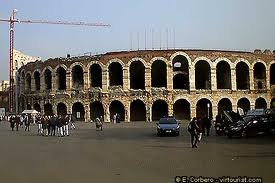
Completed in or around 30AD, the Arena interior is virtually intact; so intact, in fact, that the structure, which can accommodate 20,000 spectators, is used for a variety of arts and music-related events, including concerts by the likes of Bjork and Duran Duran, but more notably for its annual summer Opera festival (celebrating its 90th birthday this year). If you can’t manage to nab a ticket, don’t worry – do as hundreds of other visitors to the city do, and order dinner at any of the nearby cafés and restaurants. Pasta, pizza and wine as a summer’s evening breeze wafts arias from the Arena – there isn’t much wrong with that, is there?
Similarly, there’s a lot to admire about Verona’s other sights, not least being the Roman Theatre, which is located on the other side of the city, across the river Adige. Direct access is via the Ponte di Pietra, which is itself another beautifully extant ancient Roman landmark. The Roman Theatre Museum houses a treasure trove of artefacts – from frescoes to statues to coins, and so on – but if culture of this kind is a tad dry for you there is always somewhere close by to sit down for a cappuccino or something stronger, during which you can plan your next moves.
Actually, culture and history aside, the food/drink/leisure aspect is one of Verona’s strongest points. There are limestone houses, churches and buildings – made from a variegated mix of honey, white and pink from the nearby Valpolicella region – of every age and style; there are alleys, corners, nooks, crannies, portals and porches; there is elegant (Mercato Vecchio courtyard), picturesque (Piazza Erbe), panoramic (Torre die Lamberti) and aristocratic (Piazza dei Signoro), and dappled throughout are so many osterias, trattorias, gelaterias, cafés and wine bars that it becomes pointless to count them. In a full-two-day visit, you’re lucky if you have the time (let alone the appetite) to pop into more than a handful of them, but whichever ones you do you’ll notice one important aspect: how reasonably priced they are.
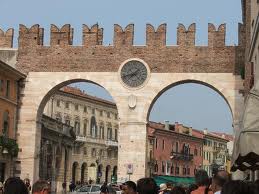
If a full two- or three-day trip is all you can manage, then you’ll be able to get your bearings so fixed that Verona will become something of a second home – you’ll know exactly where you are, where you want to go, and how to make it back to your hotel. If you’re lucky enough to be able to spend more time here, then the surrounding area is rich in history and a testimony to its past. In the hills of Lessinia, which rise to the north of the city, you’ll discover waterfalls and forests; the region is also famous for its production of Valpolicella, Soave and Bardolino wines.
And, last but not least, why not make a day trip to the beaches of Lake Garda? If you have kids with you, a trip to Italy’s largest amusement park, Gardaland (gardaland.it), is a must. Five hours of rollercoaster heaven and hell here, however, will have you aching to return to Verona in search of food where the only twists and turns you’ll find are in the pasta.
(This article originally appeared in the Irish Times Magazine, April 2012)

